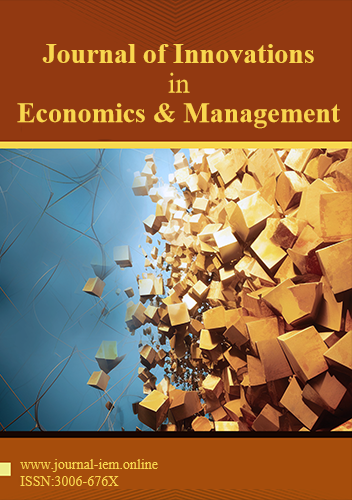Journal Article
Telecom bank card fraud prediction model based on machine learning
by
Wenyi Huang
, Yeyang Chen
, Yiheng Song
, Minghao Liu
, Zihan Jin
and
Qiongya Tang
JIEM 2024 5(2):78; 10.69610/j.iem.20240722 - 21 July 2024
Abstract
It is particularly important to identify and prevent telecom scams that trick victims into transferring funds through phone calls, Internet and text messages. Based on the collected data, a prediction model of telecom bank card fraud is established in this paper. In the analysis, we first checked the data missing through Pandas and missingno library, and conducted Pearson corre
[...] Read more
It is particularly important to identify and prevent telecom scams that trick victims into transferring funds through phone calls, Internet and text messages. Based on the collected data, a prediction model of telecom bank card fraud is established in this paper. In the analysis, we first checked the data missing through Pandas and missingno library, and conducted Pearson correlation analysis, and found that the ratio of transaction amount has a strong positive correlation with fraud. In terms of data preprocessing, outliers are defined and data are cleaned by box diagram, missing values are processed by KNN filling, and data is normalized by Yeo-Johnson transformation. Then, the importance of features is calculated by random forest and GBDT, and the features with greater influence are selected. In the model training, XGBoost, LightGBM and CatBoost integrated learning algorithms were selected, and the optimal model configuration was obtained through parameter optimization, and finally integrated into BaggingClassifier. The model performance evaluation shows that the prediction accuracy of the model established in this paper is up to 99.99%.
Show Figures

